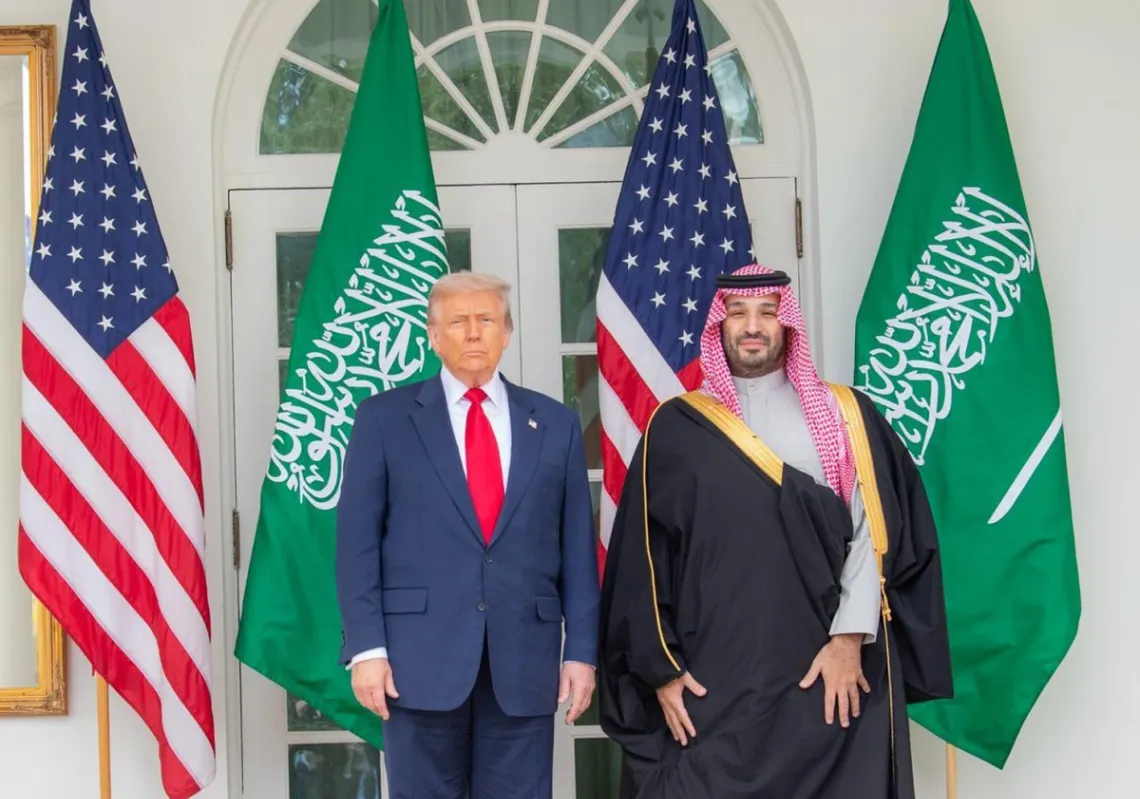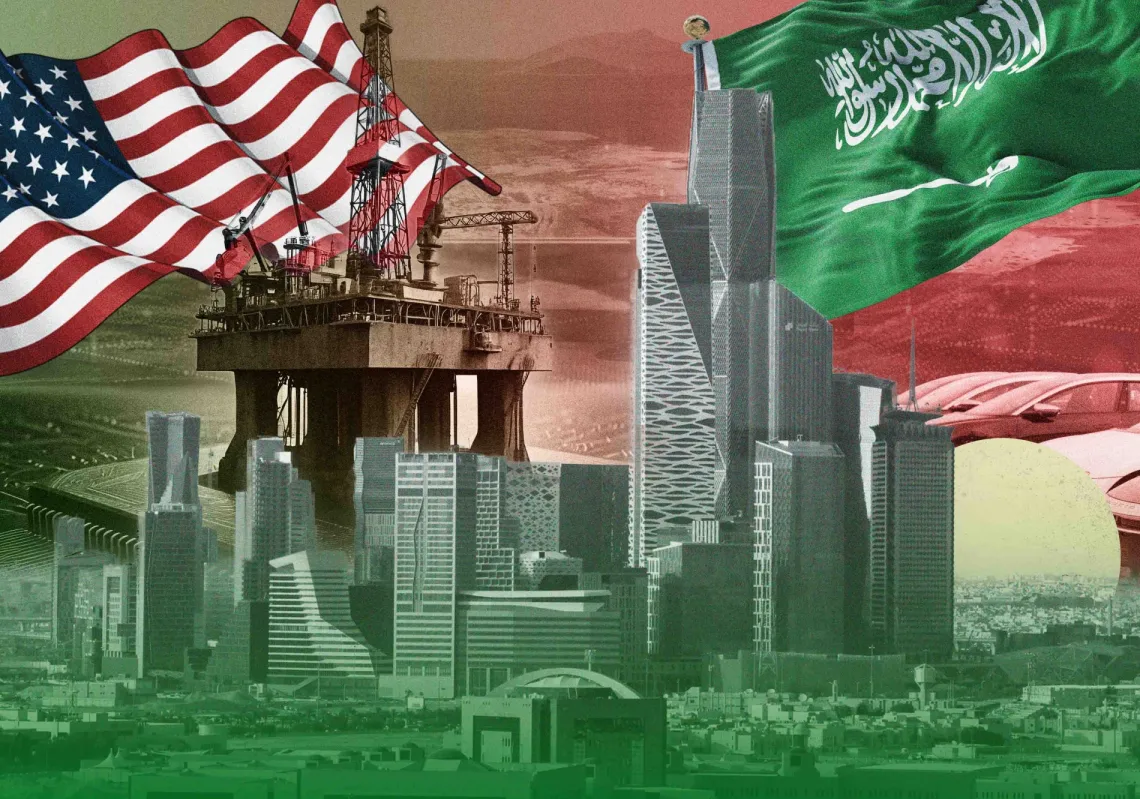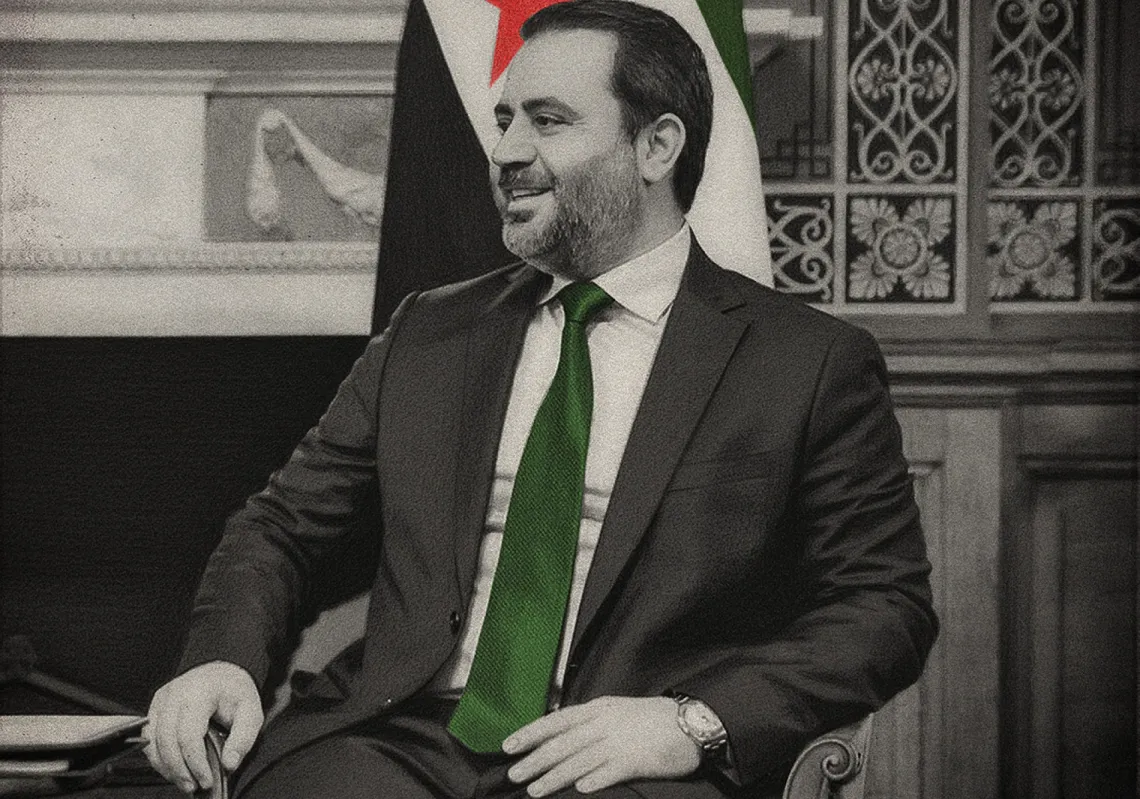On 23 and 26 July, Russian military aircraft fired flares that damaged two American MQ-9 Reaper drones in Eastern Syria. The twin incidents followed on the heels of a 16 July altercation where a Russian Su-35 fighter manoeuvred so close to a US turboprop MC-12 that the “crew’s ability to safely operate the aircraft” was put at risk when it flew through the Russian aircraft’s jet wash.
US releases footage which appears to show Russian Su-35 fighter jets flying close to MQ-9 Reaper drones over Syria.pic.twitter.com/bjAuo23OXt
— Forces News (@ForcesNews) July 6, 2023
In the last month alone, the US military has announced eight different instances of Russian military harassment in Syria.
Tensions have reached such an extent that on 30 July, Russian President Vladimir Putin told the Russian state news agency TASS that “Russia is ready for any scenario, but does not want a direct military clash with the US” and referred the matter to the US-Russia military deconfliction mechanism in Syria.
The incidents are but the latest in a number of signs indicating Moscow is horizontally escalating its conflict with Washington from Ukraine to Syria.
A direct indication is that the Russian aircraft that damaged the US drone on 23 July was painted with a “Z” – the mark Russian forces have used in their invasion of Ukraine.
July’s eight incidents come immediately in the wake of Russian President Vladimir Putin’s suppression of the mutiny in Russia of Wagner forces, whose operations in Syria reports indicate have been taken over by the Russian Ministry of Defence.
Read more: Russia masks deep internal fractures with threats to let Wagner invade Poland














